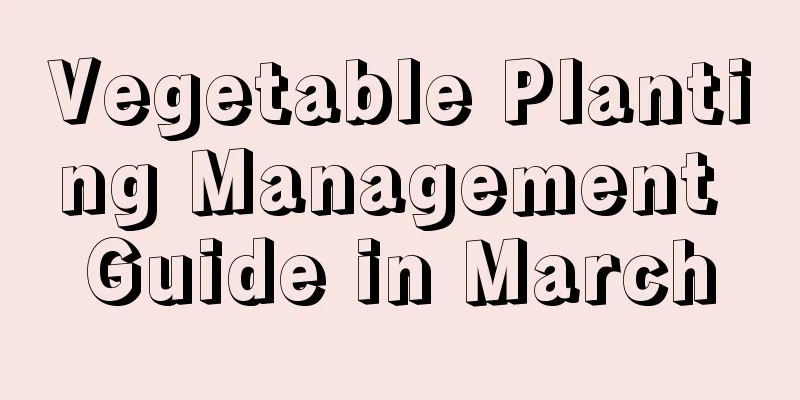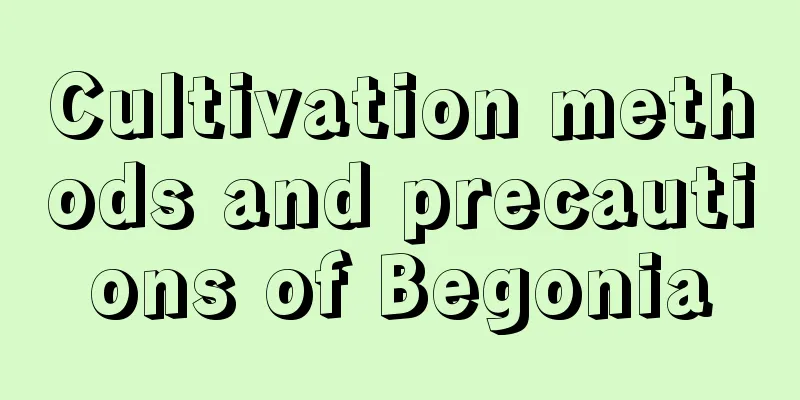Vegetable Planting Management Guide in March

|
March is an important stage in spring farming management. At this time, the temperature gradually warms up and the rainfall increases significantly. So, when it comes to vegetable cultivation, what needs to be done in the face of such climate characteristics? Let’s learn more about it below. 1. Vegetable seedling cultivation In large, medium or small plastic greenhouses, winter melon, pumpkin, bitter melon, gourd, loofah and other melon vegetables are sown in cold beds in early to mid-March. In late June, the sowing and seedling raising of late-maturing peppers begins. 2. Vegetable sowing Vegetables that are sown directly include radish, crown chrysanthemum, fennel , grass silkworm, bamboo leaf vegetable, amaranth, lettuce, pakchoi and dwarf beans. Tomatoes, eggplants, peppers, green beans, dwarf beans, cowpeas, cucumbers, gourds, loofahs, and zucchini can be grown under greenhouse films. 3. Seedling management Continue to do a good job in the seedling management of melon vegetables. For early-maturing Solanaceae vegetables and cantaloupes cultivated in large and medium-sized plastic greenhouses, take advantage of the cold end and warm beginning to plant them in time. At the same time, carry out seedling cultivation of legume vegetables such as green beans and edamame. Speed up the early spring management of vegetables in the garden, keep warm, prevent cold and frost, and ensure ventilation, light transmission and dehumidification in the greenhouse. 4. Field management (1) During the flowering and fruiting period of tomatoes, the temperature in the greenhouse should be maintained below 30°C during the day and above 15°C at night to prevent flowers and fruits from falling. The daytime temperature should be 26-28°C, and ventilation should be increased. (2) Before sowing, water the soil thoroughly and then cover it with a layer of transparent plastic film to keep the soil warm and moist. This way, there is no need to water the soil again during the germination period. After the vegetables sprout, you can water them to keep the soil moist. (3) Fertilization: Generally, macronutrient fertilizers are mainly nitrogen fertilizers, and micronutrient fertilizers are mainly calcium, magnesium, etc. If the soil is acidic, nitrate nitrogen fertilizers can be selected. If the soil is alkaline, ammonium nitrogen fertilizers should be applied. (4) The climate in early spring is extremely unstable, with sudden changes in temperature, and late spring cold snaps often occur. You must take anti-freeze measures at night and release smoke bombs at night depending on the situation. 5. Pest and disease control Pay attention to the prevention and control of downy mildew, powdery mildew, blight, wilt, bacterial angular leaf spot, root-knot nematode disease, aphids and underground pests. For specific prevention and control, we should first adhere to agricultural prevention and control as the main approach, discover the core diseased plants, remove them in time, and handle them outside the greenhouse. 6. Harvest at the right time In early spring in March, there is plenty of sunlight. Although the temperature rises quickly, the night temperature is still relatively low. This is very suitable for the growth and development of leafy vegetables. Farmers should adjust the vegetable harvesting standards according to market changes, comprehensively consider factors such as yield and price, and harvest them at the right time. The above is the content sharing about the vegetable planting management guide in March. Doing a good job in these management tasks is of great significance to the vegetable production throughout the year. I hope it will be helpful to everyone.
|
<<: How to propagate camellia and how to reproduce offspring
>>: How to prune camellia, how to prune camellia to make it bloom more
Recommend
Can Christmas cactus be placed indoors?
1. Can it be placed indoors? Under normal circums...
Can roses be planted in sand?
Can roses be planted in sand? Roses can be plante...
Can Malan be potted?
Can Malan be potted? Amaranth can be grown in pot...
How many days does it take for quick vegetables to germinate? Germination temperature and sowing time
How long does it take for quick vegetables to ger...
Suitable climate and temperature for growing ugli oranges
Ugly orange planting conditions Ugly orange is a ...
How to treat the black stems of green radish
1. Raise the temperature 1. Reason: The green ivy...
When does the Jacaranda bloom and how to prune it to make it look best?
1. When does it bloom? It blooms between May and ...
Key points of high-yield potato cultivation technology
Potatoes generally prefer cool climatic condition...
Cultivation methods and precautions for lemon tree potted plants (what to pay attention to when raising lemon trees)
Lemon trees can be eaten, and they can also purif...
Dandelion appearance, dandelion pictures
1. Appearance 1. Leaves: The leaves are obovate-l...
My grandma's succulent pancakes are getting more and more beautiful. How do you grow them?
Mingjing has a round face! Mingjing is also calle...
Differences between Boxwood and Holly
1. Differences between branches and trunks The br...
How to plant iris seeds
Obtaining seeds The seeds of iris are obtained fr...
Where do pineapples grow?
Pineapple Introduction Pineapple growth habits Pi...
Can mangosteen seeds be planted? Can mangosteen seeds be planted?
When planting mangosteen seeds, first collect sev...









